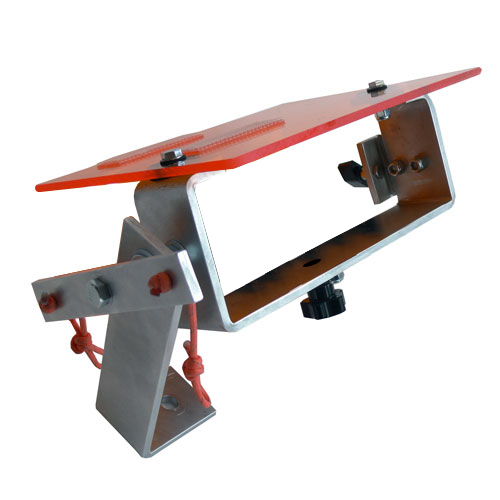When it comes to professional sport, extreme weather is no deterrent. Rain or shine, you’ll have to make an appearance with your video camera tower and endzone system and get rolling. Regardless of the type of device you employ, too-hot or too-cold weather will likely have an impact on your battery life. Find out how you can combat the adverse effects of bad weather without affecting your operations.
How Cold Weather Affects Your Camera Battery
Modern technologies operate best in “normal” weather conditions between a temperature range of 0 and 35 degrees Celsius. In the cold, electrochemical processes that occur within the battery slow. In layman’s terms, the rate at which it produces electricity reduces. Operating in lower temperatures means two things:
1. Cold Batteries Function at a Lower Capacity
In cold weather, batteries drain faster due to reduced reactivity. As temperature increases, so does the battery’s internal resistance. As power runs through the camera, electricity becomes wasted, which can take away from footage time.
2. Cold Batteries Possess a Lower Rate of Self-Discharge
On the other hand, your battery will hold its charge for longer in cold temperatures when not in use. Because electrochemical reactivity is low, the rate of self-discharge is also likely to decelerate.
How to Protect Your Camera from Cold Weather Battery Drain
Contrary to your sophisticated tools, the solution to cold-weather battery drain is relatively low-tech. Before venturing out into the cold with your endzone camera system, store your batteries somewhere warm.
If compatible, hook your camera up with a protective case to keep cold weather from penetrating the battery compartment. If your camera supports live-view, disable the function as soon as your battery starts to run out of power.
As a rule of thumb, always take two sets of batteries with you—you never know when you’ll need them even in temperate weather. Swap your battery packs frequently, keeping on set warm in your pocket to boost the longevity of use.
Other than cold temperature, condensation is another enemy you’ll want to look out for. Moisture inside the system can potentially damage electrical components, so you’ll want to make sure temperature changes occur as gradually as possible. Leave your device in an intermediate area for at least an hour to reduce the chances of condensation forming.
If you don’t have enough power to complete filming, warm up the cold battery—you might strike some luck!
Conclusion
The next time you take your Hi Rise Camera video camera into the snow, always keep an extra set of batteries snug in your pocket. Take every opportunity to swap out both batteries to increase the length of use.
Protect your electronics with Hi Rise Camera, where you can shop protective gear for your endzone video system. Equip yourself with an extra set of batteries and rain-proof cases to ensure you capture the footage you need.



